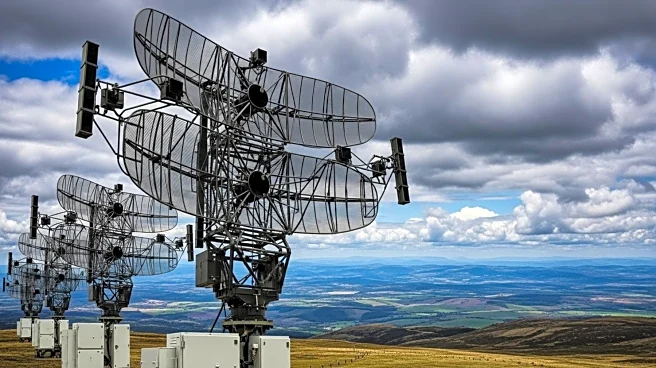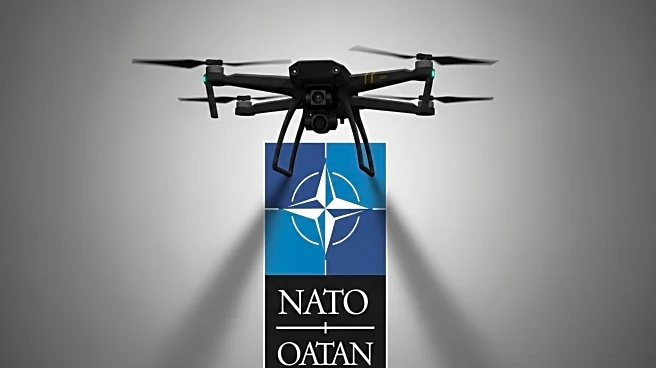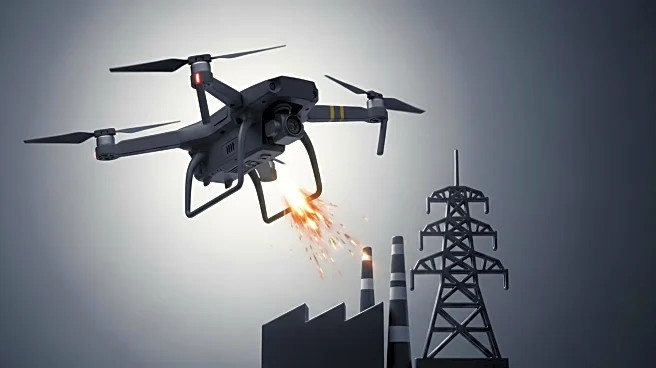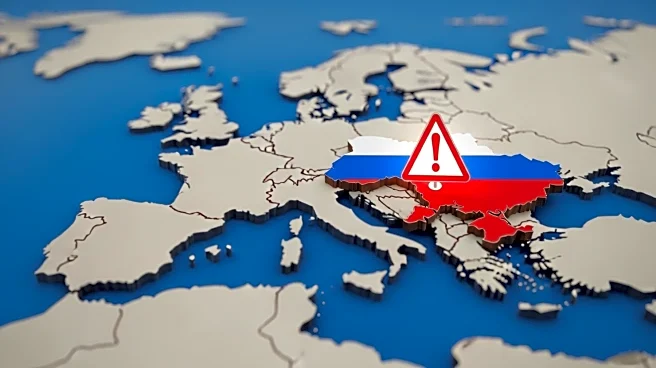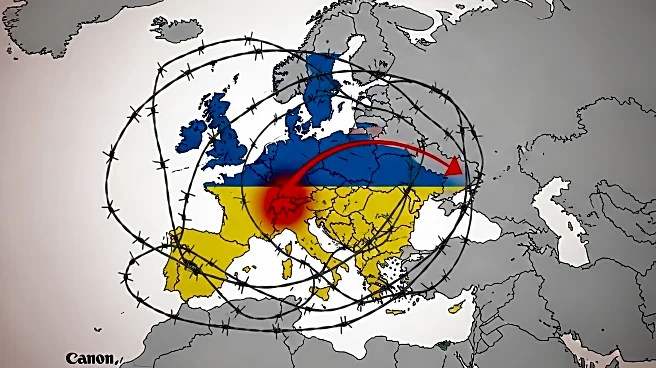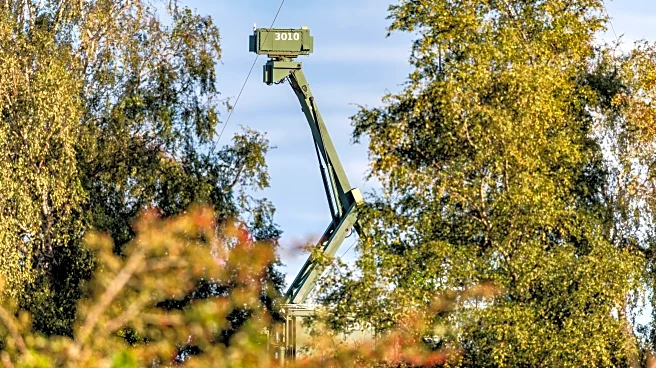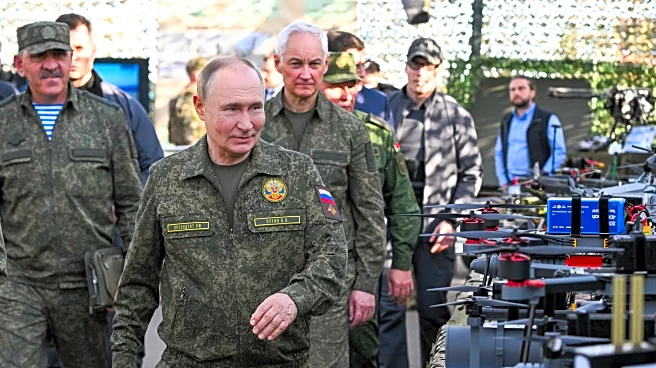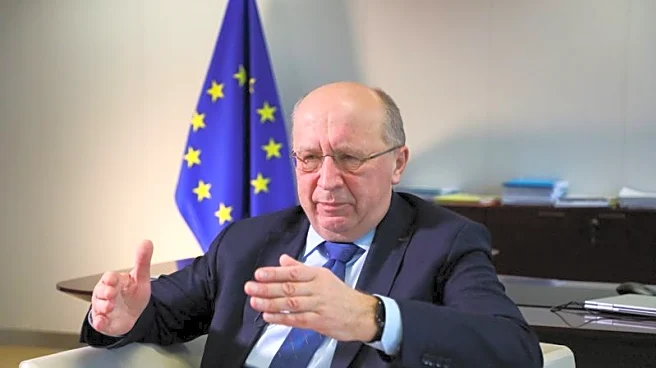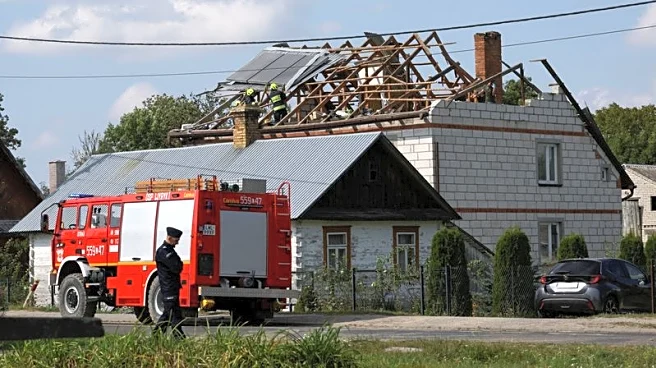What is the story about?
What's Happening?
On Sunday, Russia launched a significant aerial assault on Ukraine, deploying nearly 600 drones and 48 missiles over a 12-hour period, primarily targeting the capital, Kyiv. This attack resulted in at least four fatalities and numerous injuries. In response, NATO scrambled fighter jets and heightened air defense readiness, particularly in Poland, to secure the alliance's eastern flank. The attack is one of the largest since the war began, causing widespread destruction and raising concerns about regional stability. The incident follows recent NATO air defense operations triggered by unexplained drone activity over Scandinavia and airspace violations reported by Poland, Romania, and Estonia.
Why It's Important?
The escalation of the conflict poses significant threats to NATO member states, with the proximity of the attack to NATO borders heightening concerns about potential regional instability. The incident underscores the need for enhanced regional security measures and questions the effectiveness of current air defense systems. The deployment of fighter jets and temporary airspace restrictions are becoming more frequent as NATO nations report increased drone sightings and airspace violations. This situation highlights the growing tension between NATO allies and Russia, with potential implications for European security and international relations.
What's Next?
NATO may increase air patrols, conduct training exercises, or reposition assets to demonstrate readiness and deter further provocations. The alliance's response will likely focus on strengthening air defense capabilities and ensuring the security of its member states. The ongoing conflict and recent incidents may prompt further diplomatic efforts to address the tensions between NATO and Russia, with potential discussions on enhancing regional security and cooperation.
AI Generated Content
Do you find this article useful?
